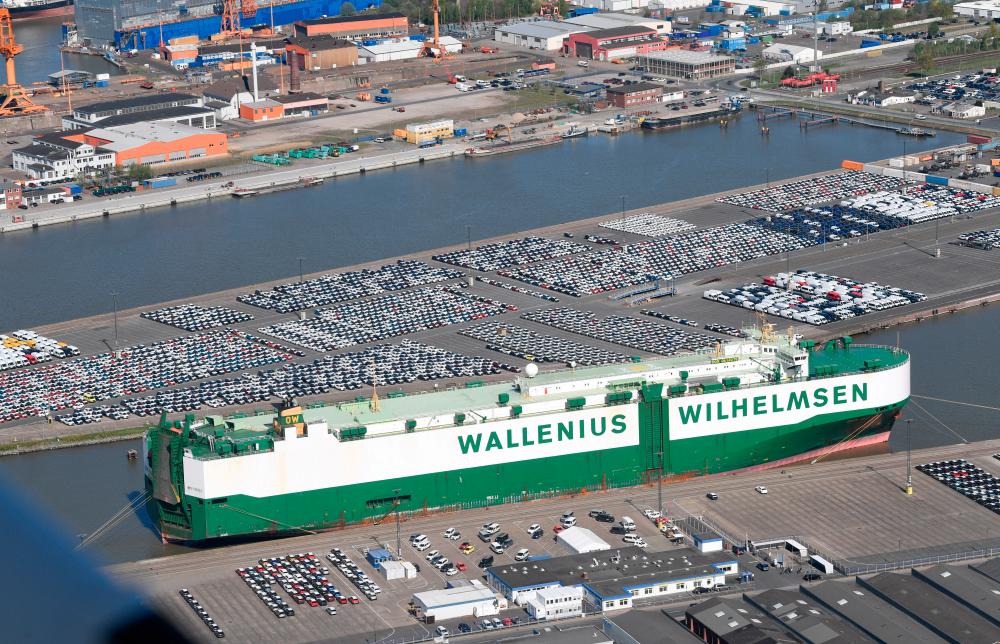NEW YORK: Stress on global supply chains eased in July to the lowest level since January 2021 as port congestion and other snags eased, the New York Federal Reserve reported on Thursday (Aug 4), in its latest update to a worldwide index of supply problems.
It was the third straight month of declines in an encouraging sign for US Federal Reserve policymakers who are keen for supply chain issues to ease in order to help tame inflation, which is running at a four-decade high in the world’s largest economy.
The regional bank’s Global Supply Chain Pressure Index incorporates data on shipping costs, delivery times, backlogs and other statistics into a single measure compared to historical norms.
The index is now down more than 50% from last December’s record high, but it still remains well above levels seen just before the start of the COVID-19 pandemic.
Thursday’s data tallies with a survey published earlier this week by the Institute for Supply Management, which showed a measure of the speed of US supplier deliveries also improving.
On a global level, a supplier delivery times index from S&P Global and JPMorgan shows delays have let up significantly this year. The index in July was the highest since November 2020, with higher readings indicating better delivery performance.
Supply chain issues have become a key issue in the global recovery from the pandemic, and in the efforts of the Fed and other major central banks to quash inflation. They intensified earlier in the year as coronavirus lockdown measures in China and the war in Ukraine lengthened delivery times.
Analysts at Morgan Stanley in Asia used the New York Fed index as a building block for their own tracker of supply chain pressures in China. That index had eased for a second month through June, supporting their view that non-commodity producer price indexes have already eased off their highs.
“They expect the downward trend to continue, easing import prices elsewhere in the world, especially for the US,” Morgan Stanley said in a note.
The US central bank and some other institutions have already begun to more swiftly raise interest rates in an effort to dampen demand for goods and services while hoping supply chains untangle in order to bring economies into better balance. – Reuters













